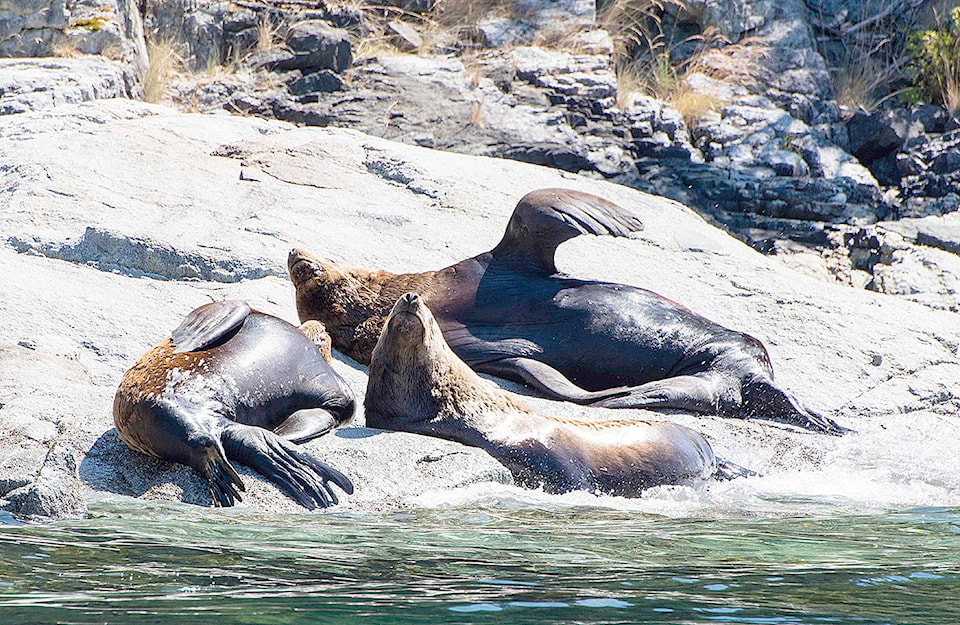Recently while walking my son’s dog along the foreshore at Willow Point at Campbell River, we came upon the carcass of a very large sea lion among the scattering of driftwood and tangle of logs. Possibly it was shot invading a salmon pen.
After all, back in the 1950s even killer whales, seals and sea lions were removed from the food chain by commercial fishermen.
But more recently much attention has been devoted to the loss of biodiversity of mammals, fish and flora. Populations of animals can be directly related to the activities of humans, in some cases, as we expand into wildlife habitats through urban sprawl.
Related: Conservation officers - a bit of history
Under ideal conditions, too, wildlife can become a problem unto themselves. Recently the federal government announced they are spending $5.7 million on reducing deer herds on Haida Gwaii over a three-year term. The Sitka black tail deer population has exploded, as foraging animals devour most forest cover, or swim from island to island munching on replanted seedlings after logging.
Five Kiwi hunters who specialize in deer eradication are part of the program, as for years New Zealand has had major problems with the giant red stag, turkey and introduced goats over-population.
For many years the deer population on the Charlottes, now Haida Gwaii, was troublesome as hunters had liberal bag limits. However, this is a first to have the Sitka black tail deer population reduced. Already into the three-year program, forest plants and scrubs are rebounding.
Related: Elk moving up into Shuswap area
Wolves: The druid pack of wolves in Yellowstone National park had helped reduce the large elk population over time. Now the park is rebounding with willow, plants, flora and other forest cover.
Seals and sea lions: Over many years the population of seals has increased immensely. These critters have been protected since 1974. Now the population has grown to troublesome proportions according to the First Nations bands along the Coast, commercial fishermen and recreational anglers. The latest talk is to have a cull. The animals are also affecting the numbers of early Stewart sockeye entering the Fraser River system at present. Natives harvesting sockeye in the dip net, gill net fishery say the animals are taking too many of their fish.
For years recreational anglers have complained of seals taking their catch as it comes to the boat and have had to remove the clickers on their reels, so the animals can’t take their chinook, pink and coho off their lines. For more information on the deer cull on Haida Gwaii for the many hunters out there, go to lpynn@postmedia.com.
For more information on seals and sea lions you may want to check online for DFO etc. Hope all is well on the water and highways for our tourists and residents alike!
@SalmonArm
newsroom@saobserver.net
Like us on Facebook and follow us on Twitter
